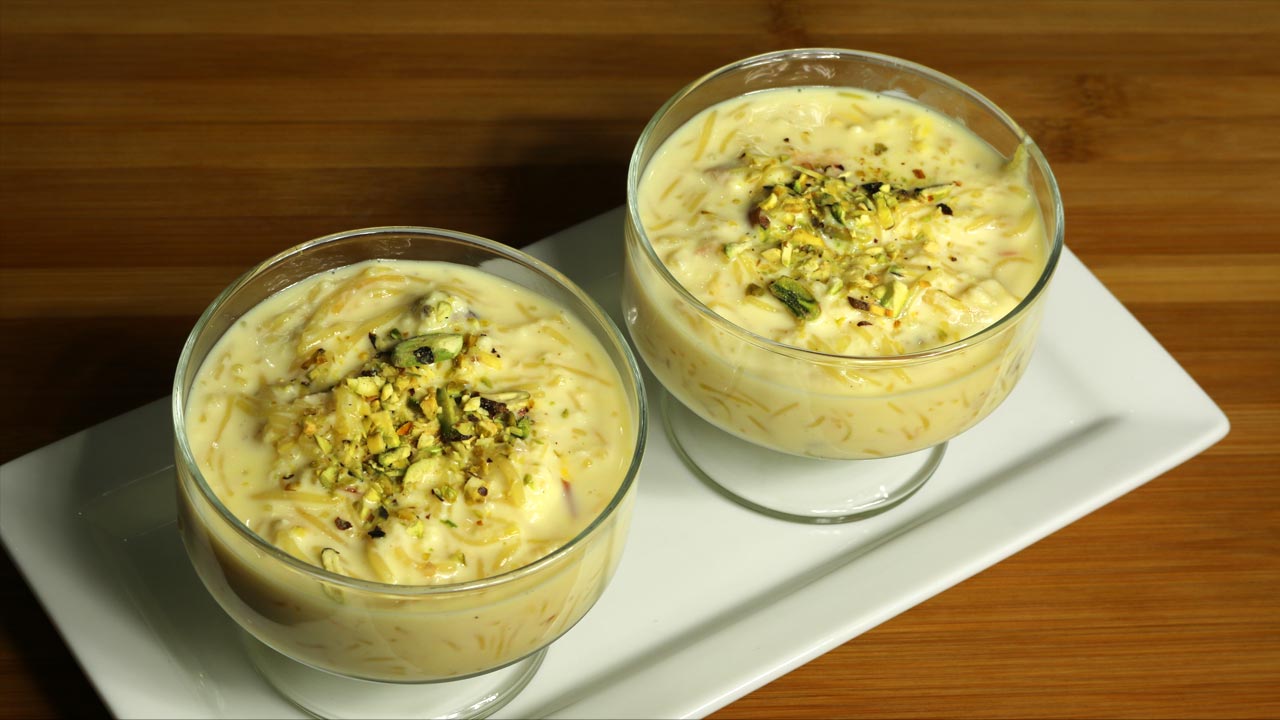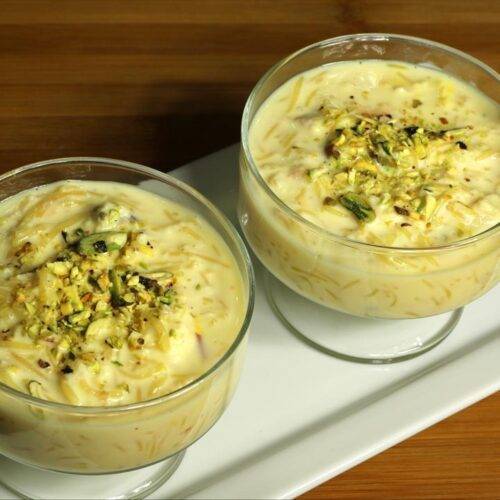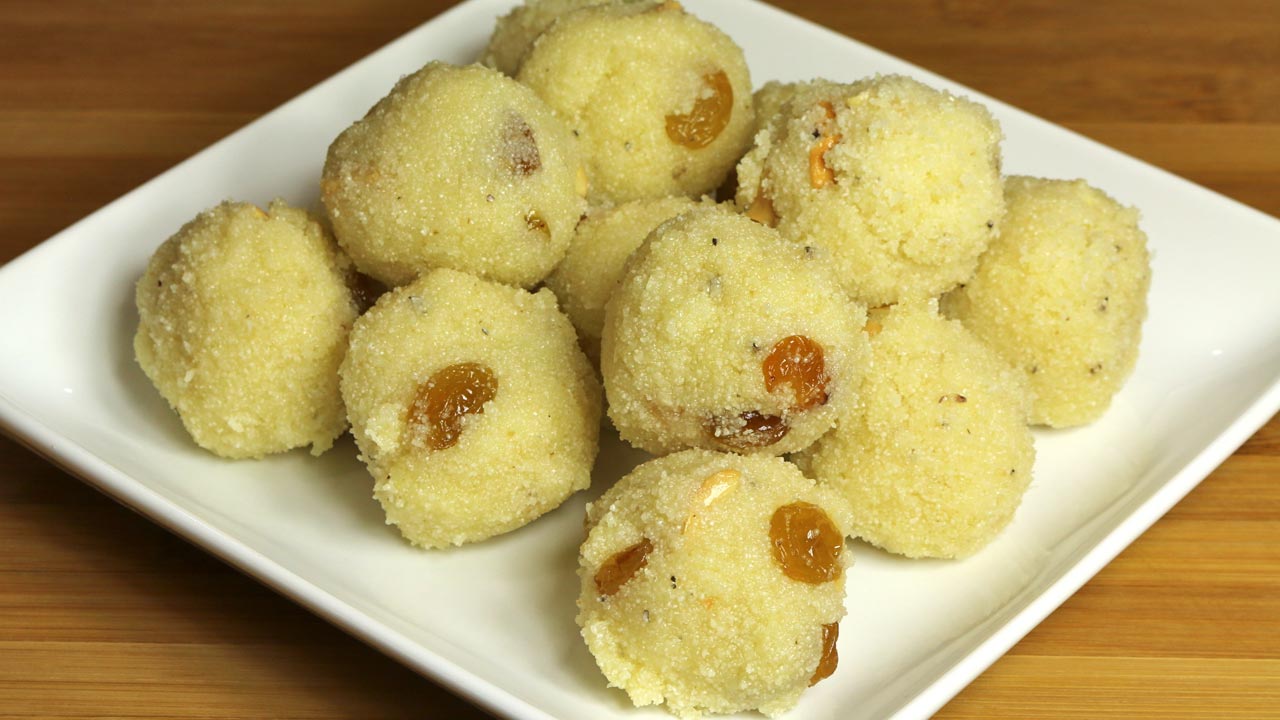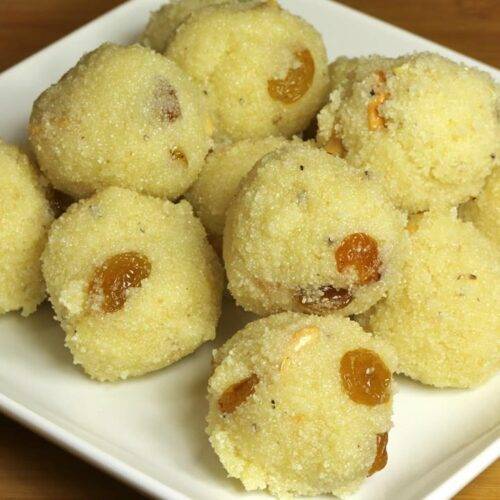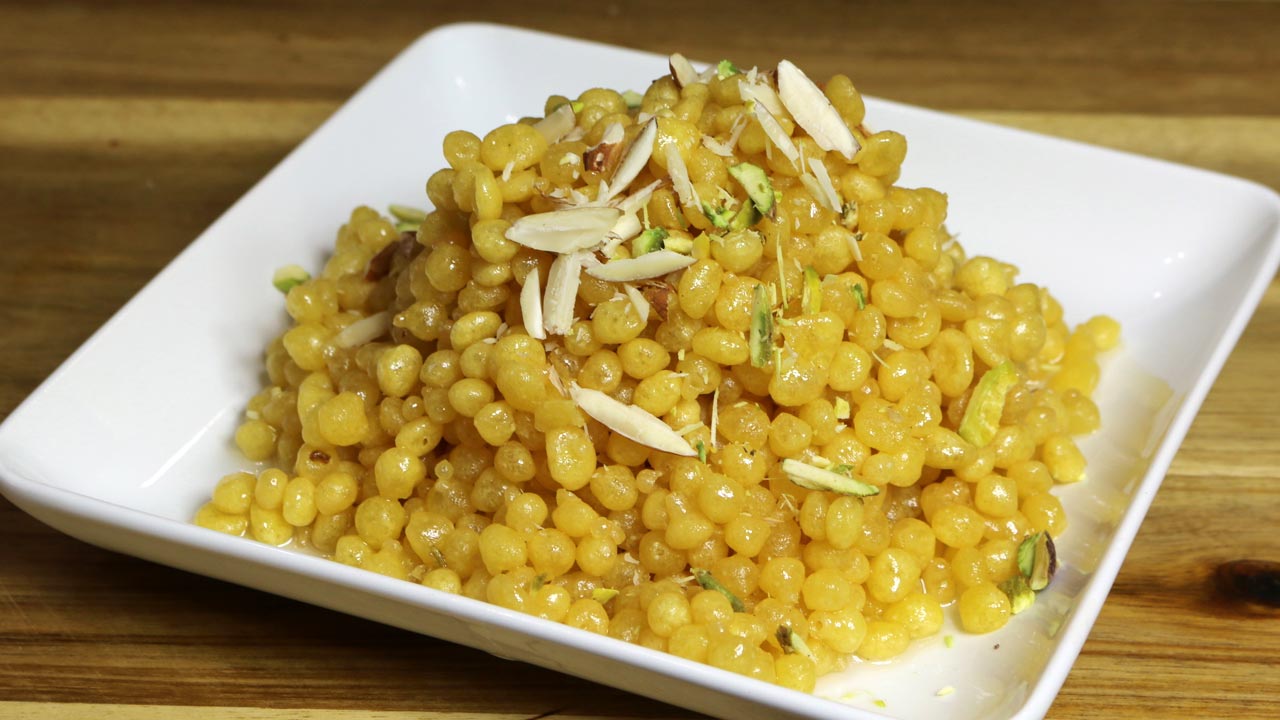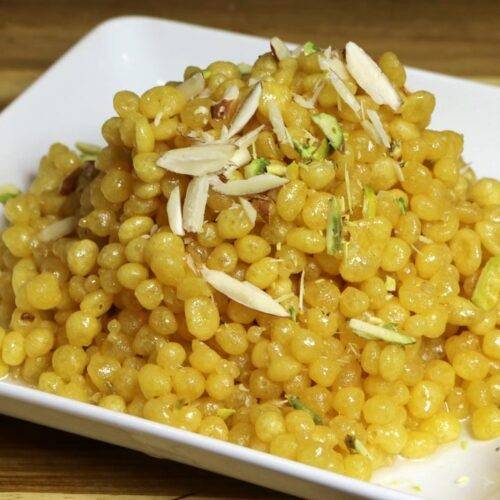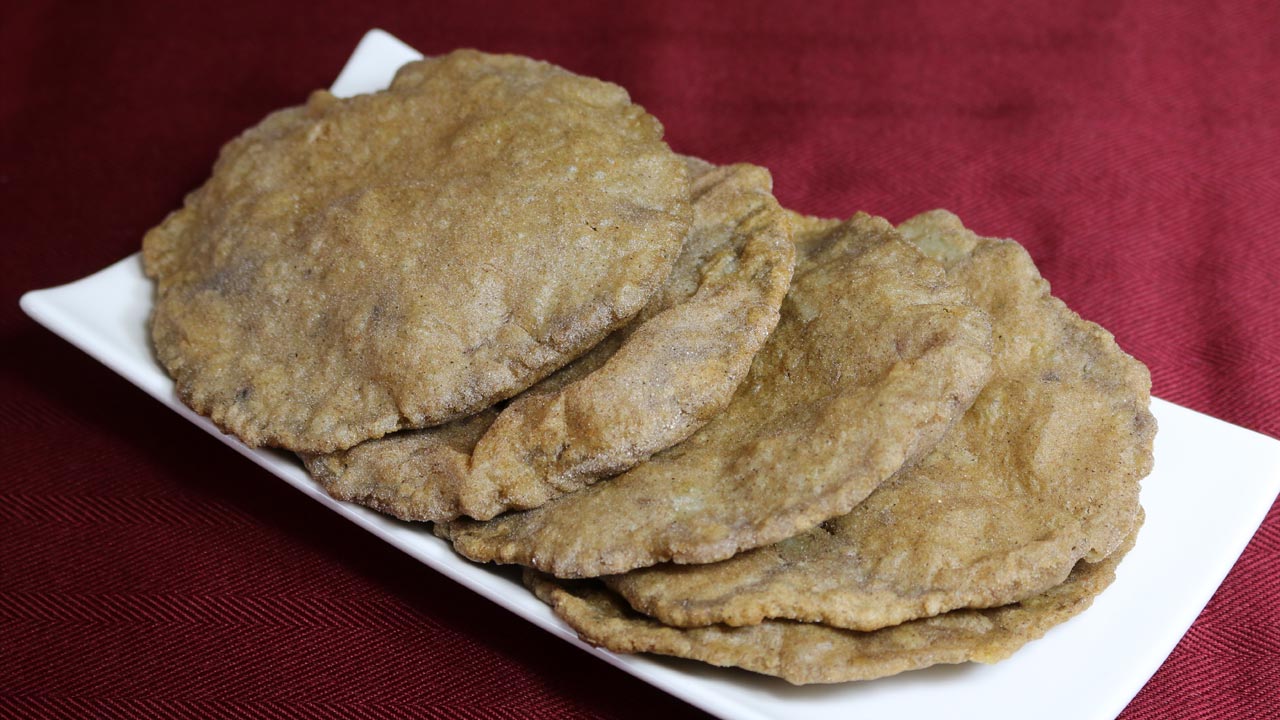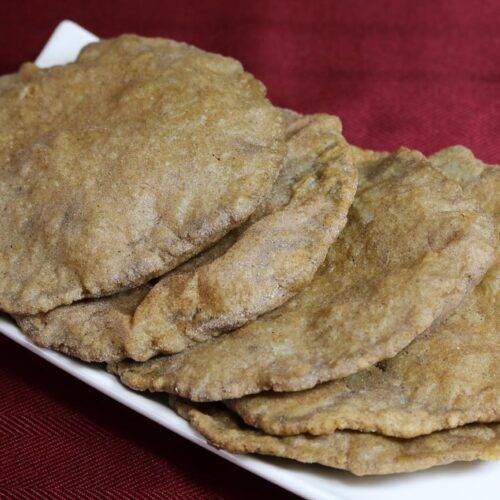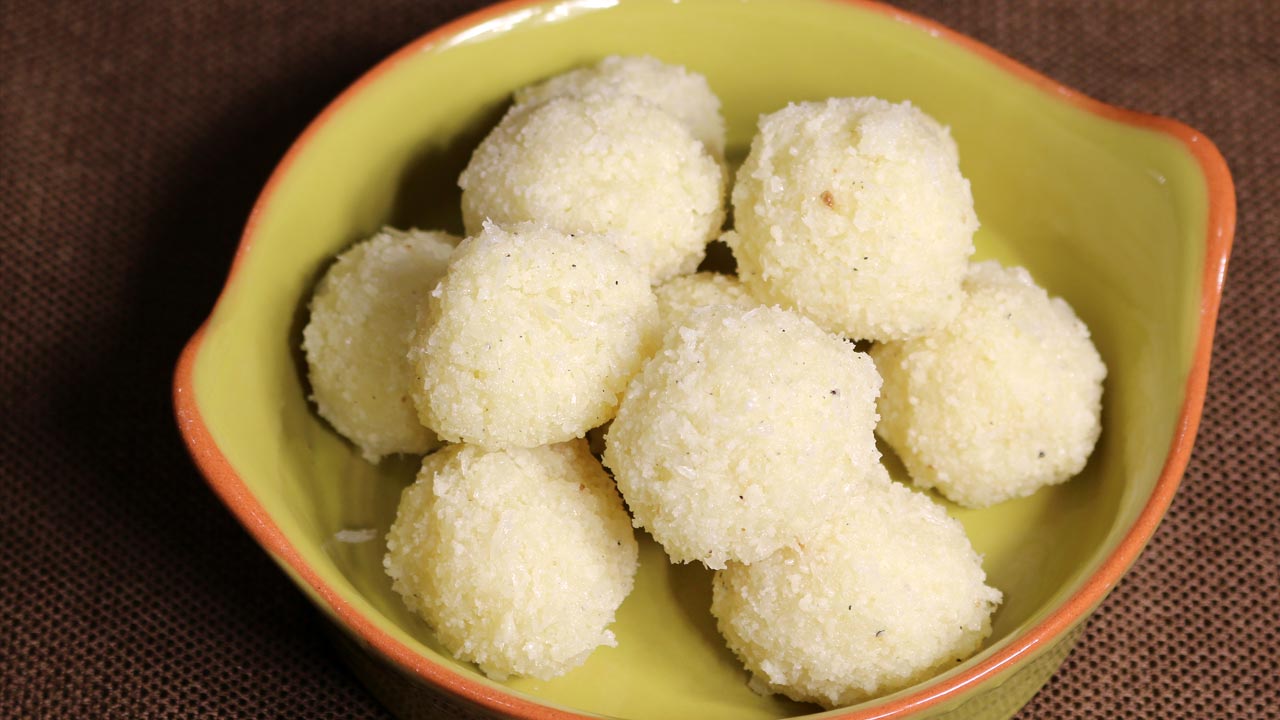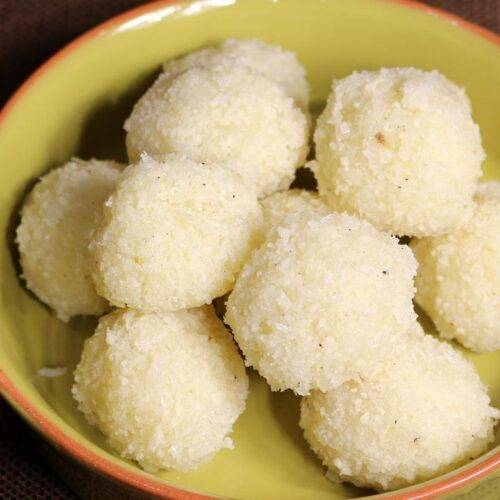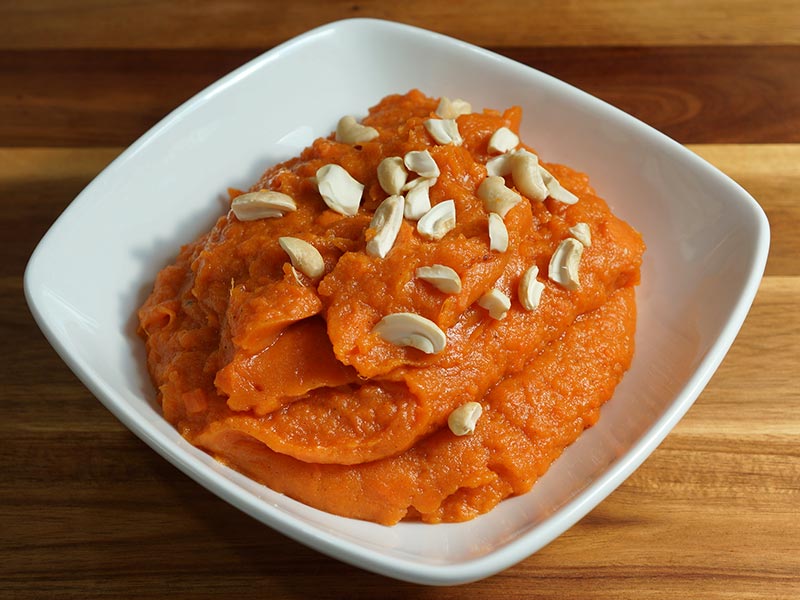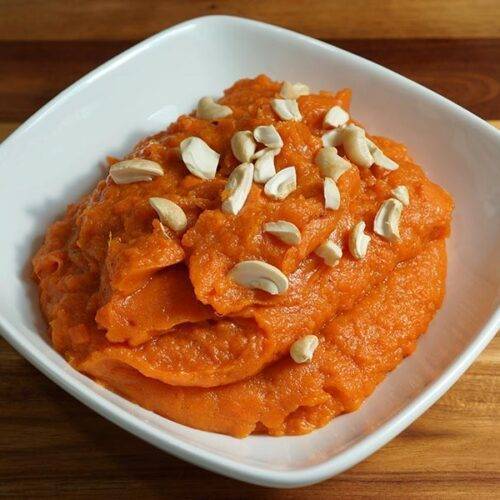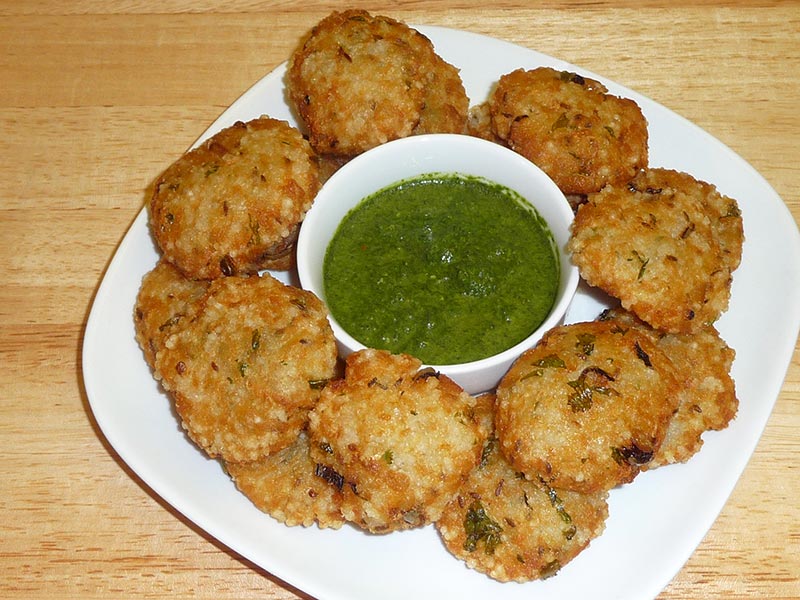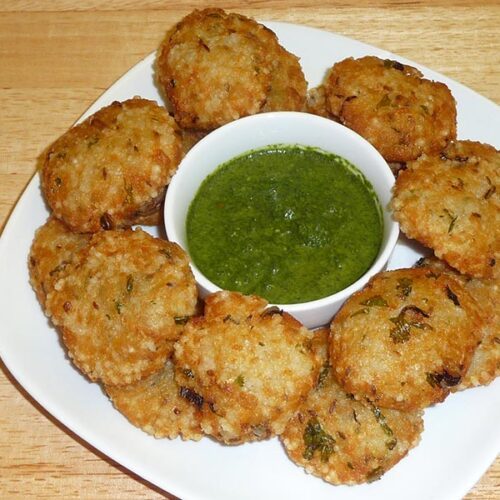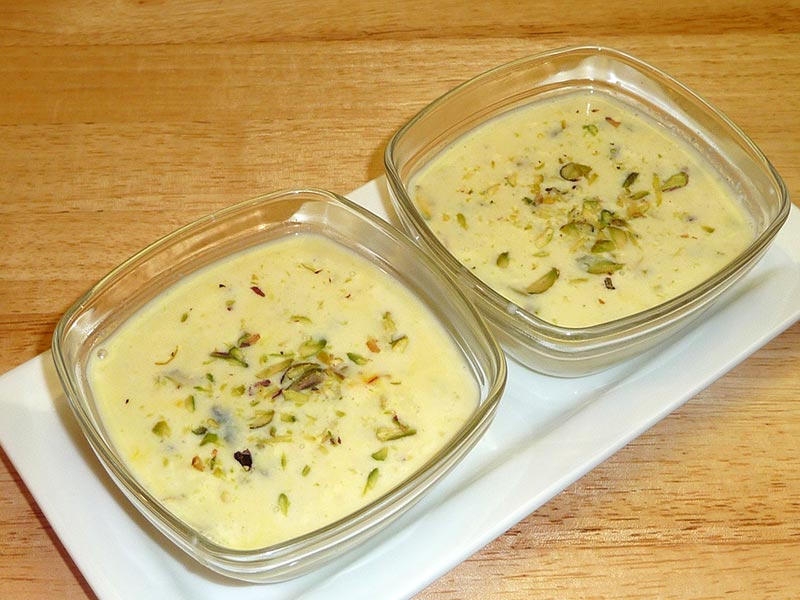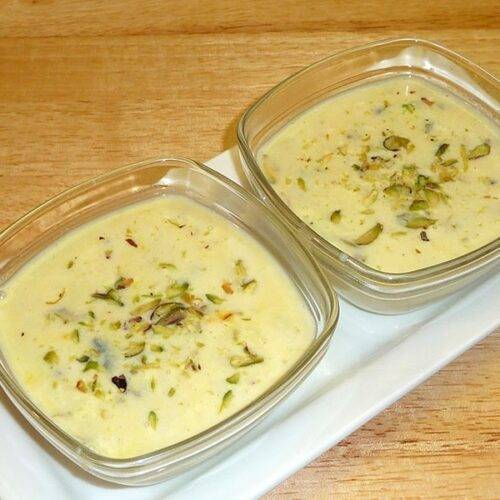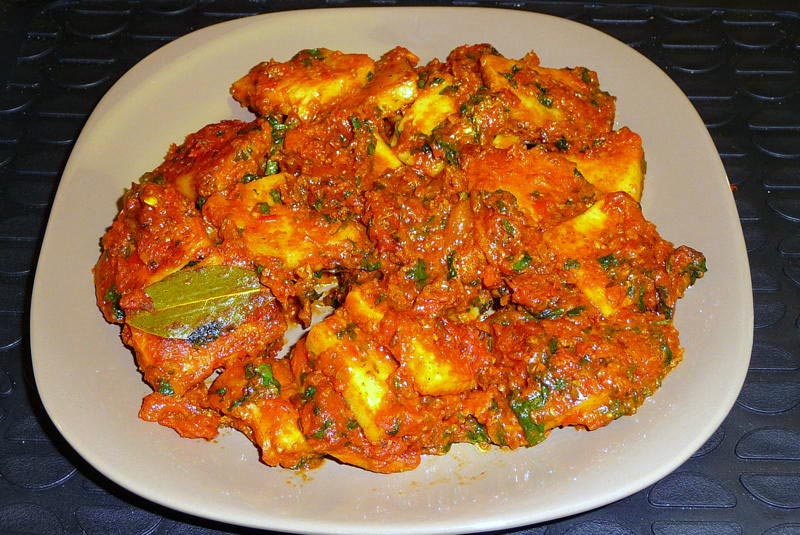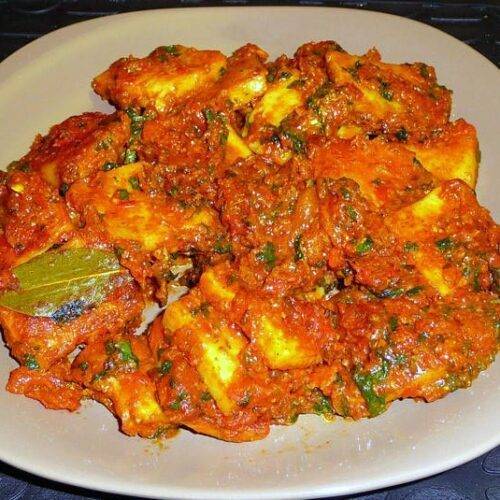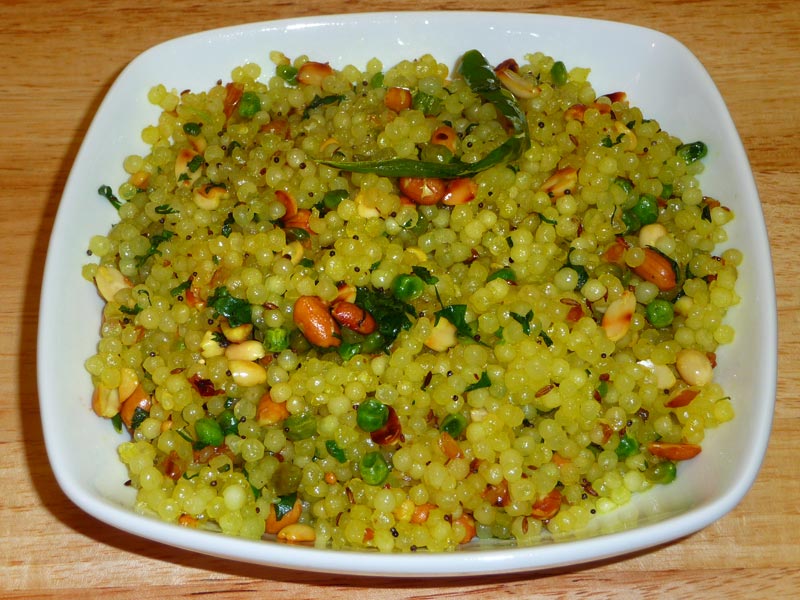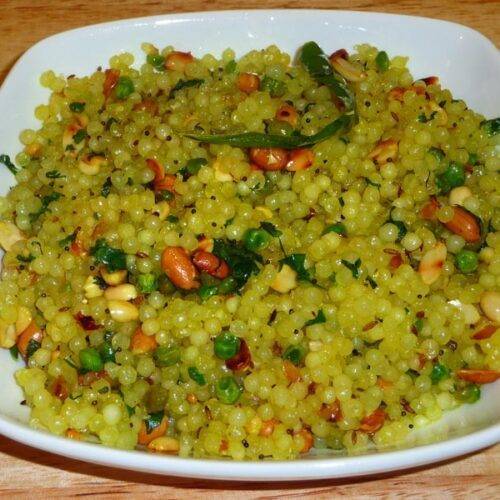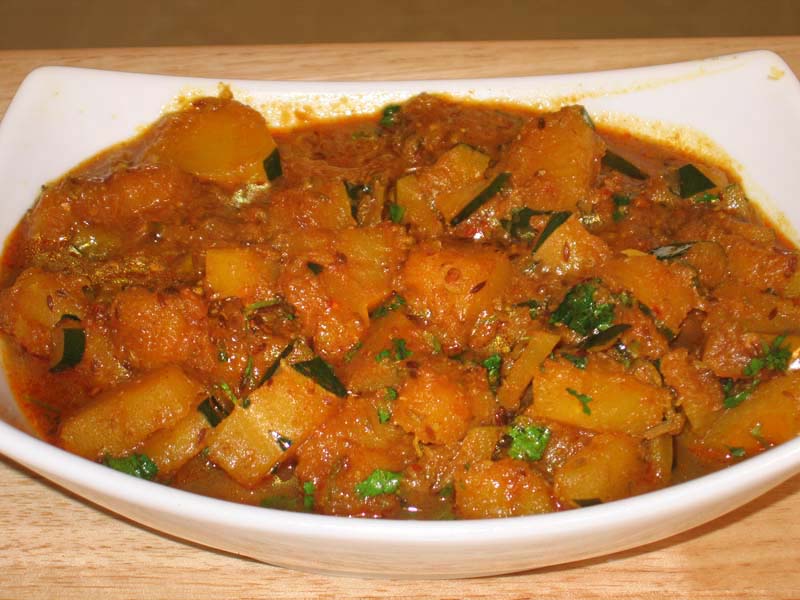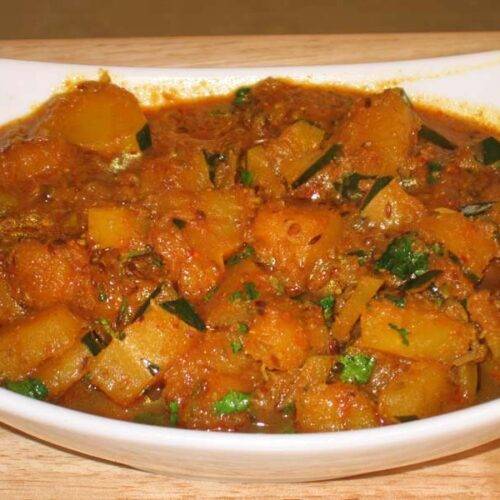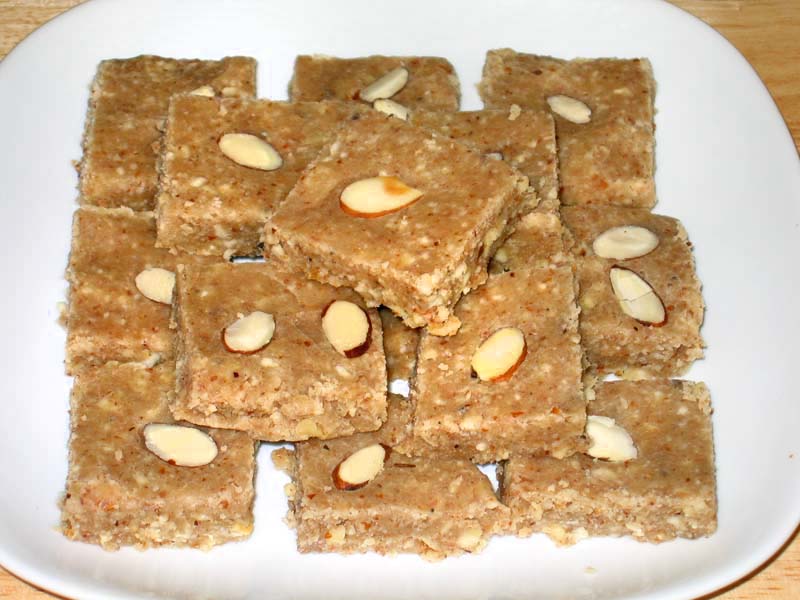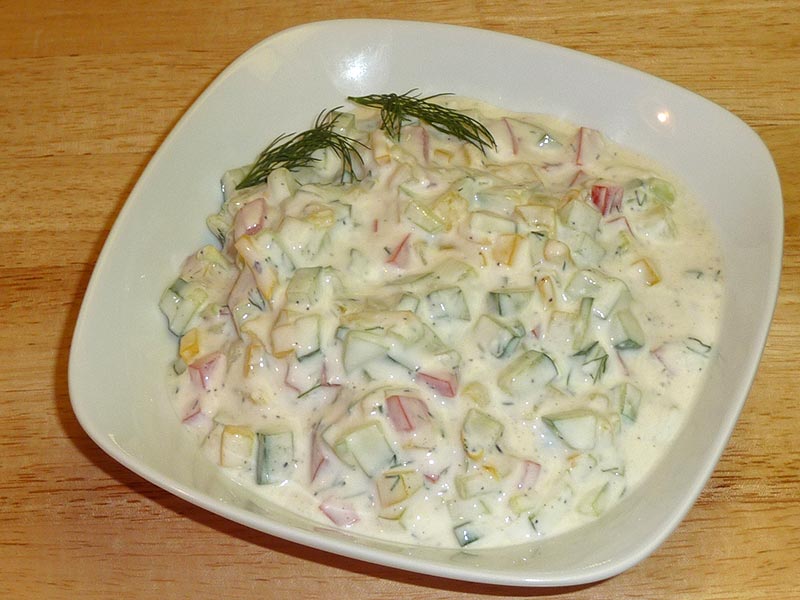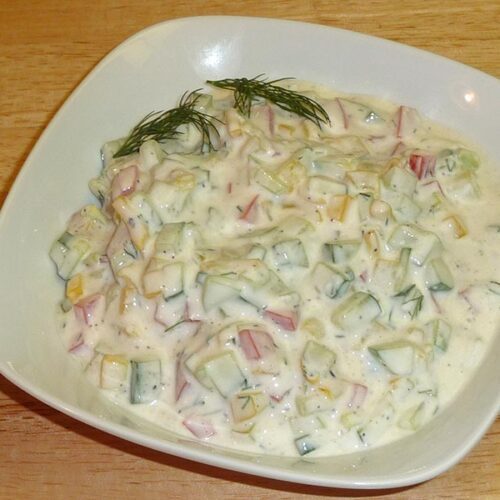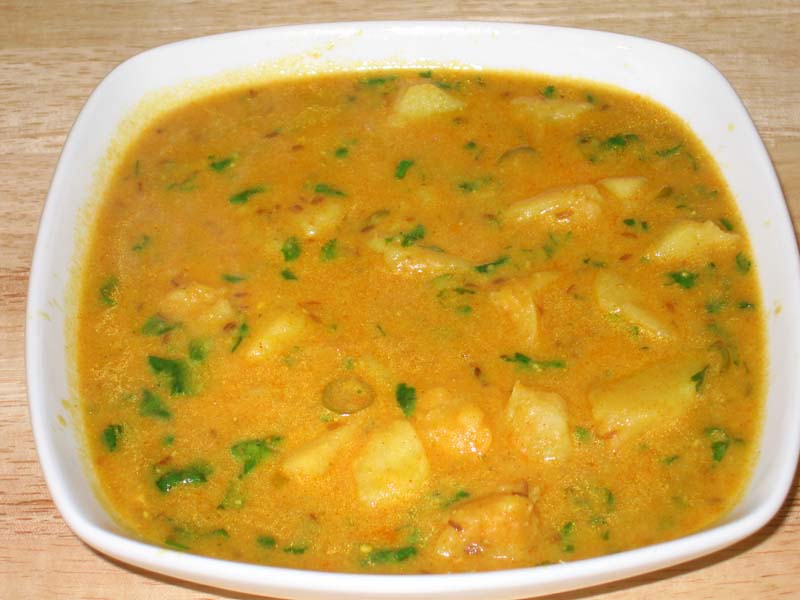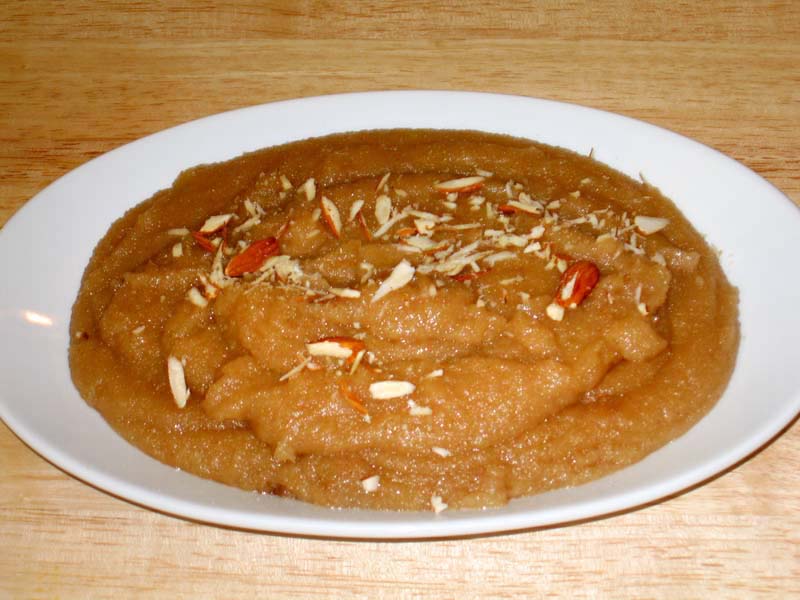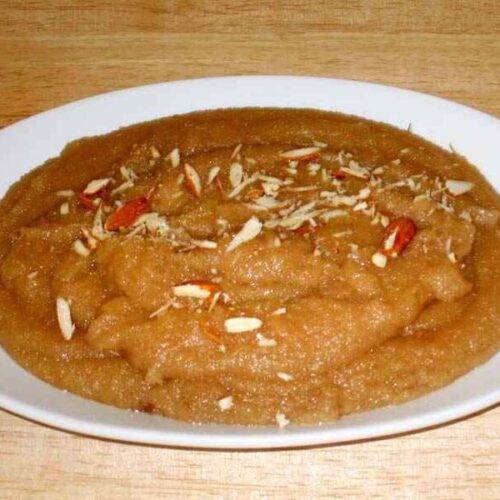Navratri Recipes: A Celebration of Fasting and Feasting
Navratri is a significant Hindu festival dedicated to the worship of the goddess Durga. During these nine nights, devotees observe fasts and indulge in various Navratri recipes that are specially prepared to adhere to fasting guidelines. Let’s explore some delicious Navratri food recipes that can enhance your celebration and make fasting a delightful experience.
Popular Navratri Recipes
Sabudana Khichdi
Sabudana Khichdi is a staple during Navratri. Made with tapioca pearls, peanuts, and potatoes, this dish is a favorite among those observing the fast. It falls under the Navratri vrat recipes category and is known for being light yet filling. This dish is also considered a healthy indian recipe, making it a nutritious option for fasting days.
Kuttu Ki Puri
Kuttu Ki Puri is a deep-fried bread made from buckwheat flour. This puri is often paired with aloo sabzi and is a must-have in the Navratri fast recipes category. It’s a delicious and satisfying meal that adheres to fasting rules. It is also part of the Indian bread recipes category, providing a unique variation to regular puris.
Singhare Ka Halwa
Singhare Ka Halwa is a sweet dish made from water chestnut flour. This dessert is a popular choice among Navratri fasting recipes and is perfect for those with a sweet tooth. It’s a delicious way to end a meal and fits well within the Indian dessert recipes category.
Samak Rice Pulao
Samak Rice Pulao is a pulao made with barnyard millet, which is allowed during fasts. This dish is a great alternative to regular rice and is a part of the Navratri food recipes. It’s often cooked with vegetables and mild spices, making it a versatile and satisfying dish that can also be categorized under indian vegetarian recipes.
Aloo Tamatar Curry
Aloo Tamatar Curry is a simple yet flavorful curry made with potatoes and tomatoes. It is commonly served with kuttu ki puri or samak rice. This curry is a staple in the Navratri vrat recipes and is loved for its tangy taste. It also falls under the Indian curry recipes category, showcasing the versatility of Indian cuisine.
Snacks for Navratri
Rajgira Chikki
Rajgira Chikki is a crispy snack made with amaranth seeds and jaggery. It is a perfect Navratri snack recipe that provides energy and satisfies sweet cravings. This snack is a part of the healthy snack recipes category, offering a nutritious option during fasting.
Vrat Ke Pakore
Vrat Ke Pakore are fritters made with fasting flours like buckwheat or water chestnut flour, and vegetables like potatoes or spinach. These pakoras are a delightful Navratri fast recipe that can be enjoyed as a snack or a side dish. They also fit into the Indian snack recipes category.
Special Navratri Desserts
Makhane Ki Kheer
Makhane Ki Kheer is a creamy dessert made from fox nuts (makhana) and milk, flavored with cardamom and saffron. This dessert is a highlight of the Navratri fasting recipes and is perfect for those looking for a sweet treat. It also belongs to the Indian dessert recipes category, adding a unique twist to traditional kheer.
Lauki Halwa
Lauki Halwa is a delicious dessert made with bottle gourd, milk, and sugar. This sweet dish is a favorite among Navratri food recipes and provides a healthy option for dessert. It fits well within the vegetarian dessert recipes category, offering a nutritious end to a meal.
Elevating Your Navratri Feast
To make your Navratri feast even more delightful, consider incorporating dishes from various categories that complement these Navratri recipes. Including Indian snacks like samosas and pakoras made from allowed ingredients can offer a delightful mix of flavors and textures.
For a sweet conclusion, explore Indian desserts such as rasgulla and kheer, made with ingredients permitted during fasts. Offering healthy options like fruit chaat and roasted nuts can provide lighter choices for your guests.
Planning a large gathering? The popular party recipe category is packed with dishes that will impress your guests and make your celebration unforgettable. Adding North Indian recipes like paneer tikka or makhana curry can bring an authentic touch to your meal.
Frequently Asked Questions (FAQs)
Q: What are some popular Navratri recipes?
A: Some popular Navratri recipes include Sabudana Khichdi, Kuttu Ki Puri, Singhare Ka Halwa, Samak Rice Pulao, and Aloo Tamatar Curry.
Q: How can I make traditional Navratri food at home?
A: To make traditional Navratri food recipes at home, try recipes like Sabudana Khichdi, Kuttu Ki Puri, and Singhare Ka Halwa. These recipes are simple to prepare and adhere to fasting guidelines.
Q: What are some Navratri special food ideas for a party?
A: Some Navratri special food ideas include Sabudana Khichdi, Kuttu Ki Puri, Singhare Ka Halwa, and Samak Rice Pulao. These dishes are flavorful and perfect for celebrations and gatherings.
Q: Can I prepare Navratri food in advance?
A: Yes, many Navratri food recipes can be prepared in advance and stored. Sweets like Singhare Ka Halwa and dishes like Samak Rice Pulao can be made ahead of time, while dishes like Sabudana Khichdi and Aloo Tamatar Curry can be prepared and refrigerated.
Q: What are some healthy options for Navratri food?
A: Some healthy options for Navratri fasting recipes include fruit chaat, roasted nuts, and steamed dishes like Sabudana Khichdi.
Conclusion
Navratri recipes are a celebration of rich flavors and traditional preparations. Whether you’re looking for Navratri fast recipes for Navratri vrat recipes, these dishes will bring joy and satisfaction to your table. So, gather your ingredients, try out these recipes, and create unforgettable meals with your loved ones. Don’t forget to explore related categories for more delightful recipes from Manjula’s Kitchen!
By incorporating these dishes into your Navratri celebrations, you’ll be able to enjoy a wide variety of delicious and traditional foods. Whether you’re looking for sweets, snacks, or main courses, there’s a Navratri food recipe to suit every taste. Happy cooking and happy Navratri!

